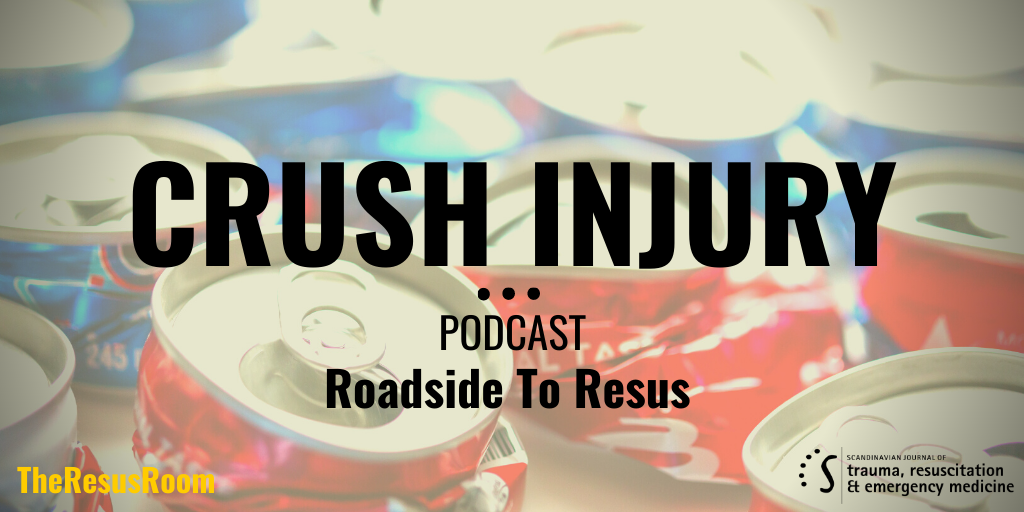So in this episode we’re going to be covering crush injury.
When you think about it, visions of falling rocks, industrial accidents and high speed RTCs may come to mind, but actually a crush injury can be sustained in a huge variety of ways without such vivid circumstances.
Definitions according to the Faculty of Prehospital Care are that;
‘A crush injury is a direct injury resulting from crush.
Crush syndrome is the systemic manifestation of muscle cell damage resulting from pressure or crushing’
So in the episode we’re going to run through all of the bits that we normally cover, from pathophysiology, to presentation and onto treatment. We’ll also be looking at the controversy and evidence behind tourniquet use, fluid therapy, electrolyte management and much, much more!
Once again we’d love to hear any comments or questions either via the website or social media.
Enjoy!
Simon, Rob & James
Now that you have listened to the podcast, start the quiz to add it to your CPD Diary
References
Crush Injuries and the Crush Syndrome. S Rajagopalan. Med J Armed Forces India. 2010
Severe crush injury in adults. Uptodate
Crush syndrome in disaster. Yokota. JMAJ. 2005
Value and Use of Urinalysis for Myoglobinuria. Ron B Schifman. Arch Pathol Lab Med. 2019
Creatine kinase MB isoenzyme in dermatomyositis: a noncardiac source. Larca LJ. Ann Intern Med. 1981


